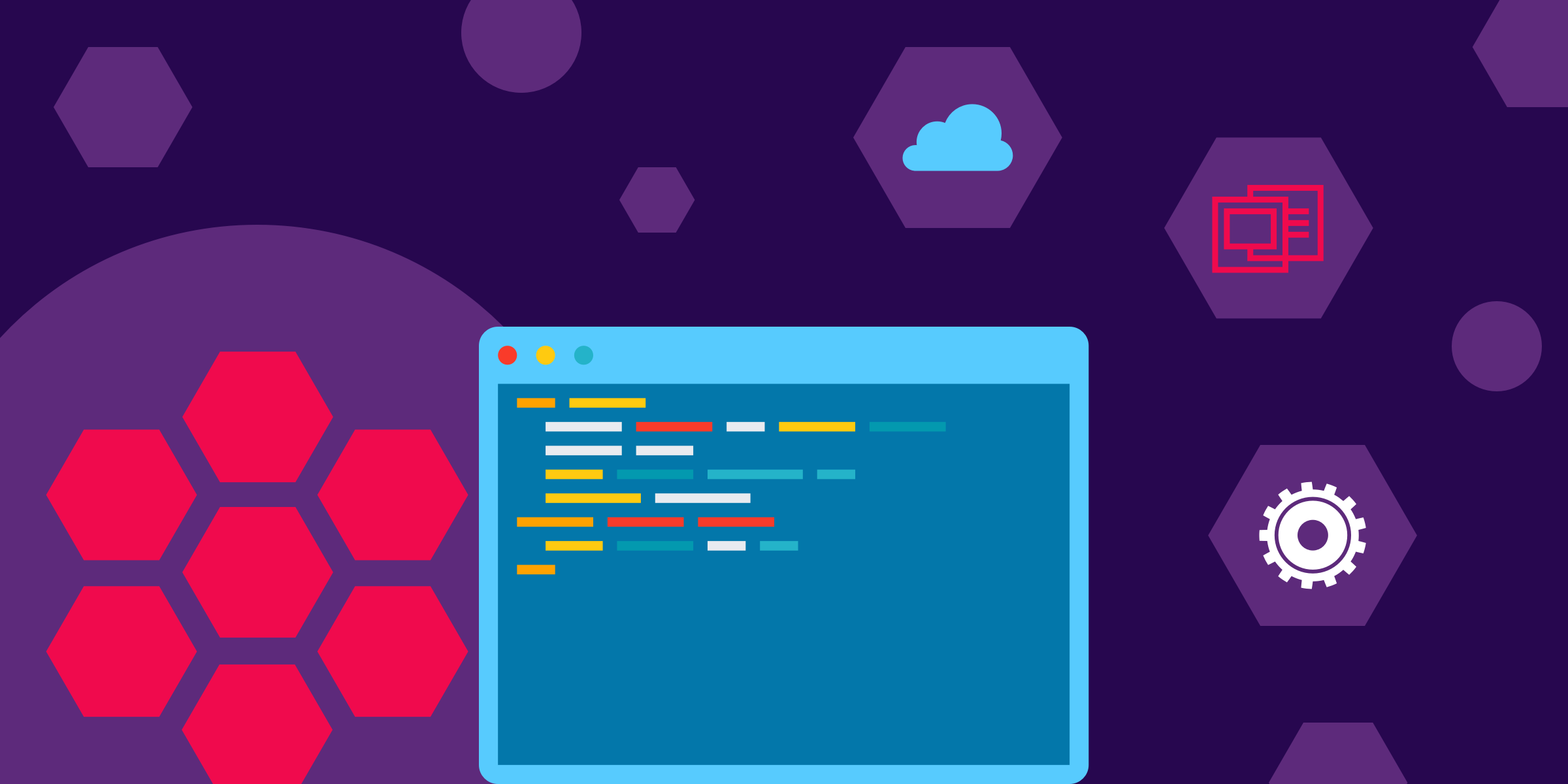Many innovative techniques and app development strategies come to light, with the mobile app development industry booming. Microservices is one such trend that is increasingly gaining traction among industry experts.
Microservices architecture is replacing the traditional monolithic structure for mobile app development. It offers numerous benefits that make it a better option for swift app-building.
Application development methods need to evolve to meet the rising demand for mobile apps. The software needs to adapt to the new technologies, not only to boost company growth but also provide a phenomenal user experience.
The article covers what monolithic architecture is, microservices approach, and the pros and cons of the two models. By the end, you should be capable of determining which is the best choice for you.
What is Monolithic Architecture
The name ‘monolithic architecture’ is derived from the fact that the apps are built as a single unit. It is a traditional app-building technique with a client-side interface, a server-side interface, and a database.
A database for the enterprise-level app is usually multiple tables organized in a relational database management system. Its client-side interface relates to the HTML pages and JavaScript running in a browser. Contrarily, the server-side interface of monolithic applications, handle the HTTP requests, implement domain-specific logic, collect and update information from the database, and more.
Monolithic applications are a single entity with all functions managed and served in one place. Architecture poses several challenges in app development. In that, it lacks modularity and, with one codebase, upscaling is also tricky as developers need to start from scratch.
What is Microservices Architecture
Before we put monolithic vs microservices, let's see what microservices are. Microservice structure with cloud technologies, integration, and API management, are an alternative to the traditional monolithic architecture.
The name ‘micro’ is a bit misleading. The services may be smaller in size than the average monolith, but they are not tiny.
Microservices vs. monolithic architecture is a development approach to designing an app with each feature representing microservices, operating independently. It means all services act on a separate logic, with a distinct database and specific functions.
A key feature of microservices architecture is that the app function is split into independent modules, but APIs keep intercommunication open. The deployment, scalability, and updating is autonomous for each part.
Microservices vs. Monolithic
Microservices is thought to be an enhancement to the traditional app-building techniques. But the ideology of loosely connected services with distinct boundaries has been around for decades.
Furthermore, the monolithic structure was never considered a good strategy. Instead, it is the convenience and simplicity of the monolith servers that raised its worth in the app development industry. Additionally, microservices architecture sometimes adds an unnecessary complication in the delivery of the app.
So, to help you decide which one is the better option for you, here are some of the perks and drawbacks of monolithic vs microservices:
Advantages and Disadvantages of Monolithic
Here are the pros and cons of monolith servers:
Deployment
Deployment onto monolith servers is relatively simple than with microservices architecture. Many of the top-tier apps in the market were created and deployed based on the monolith structure.
Contrarily, while many large-scale companies still prefer monolith architecture, most enterprises are switching to microservices. The primary reason is that continuous deployment is a challenge with monolith servers. It means, for updates of any single component, developers would need to relaunch the entire app. So, if there was a fault anywhere in the code, the complete project would derail.
Maintenance
Monolithic applications are tightly coupled, meaning the services are tied up in a knot that gets tangled up with each update of the app. It makes it challenging to isolate individual components to maintain the code or independent upscaling of the app function.
Contrarily, microservices architecture is significantly easier to maintain. It breaks down app function into manageable pieces, which are convenient for the developers to understand and upgrade, add new features, and more.
It also enables software companies to adopt a DevOps model for app development. A DevOps team allows faster creation and launch without affecting the quality of the app.
Cost
Monolithic apps are cheaper to build but more expensive when it comes to maintenance and upgradability. The entire code needs to be rewritten if you want to update a single component, fix bugs, and more.
However, with microservices applications, you would need a DevOps team, which can increase the overall cost of development. Additionally, designing individual microservices is more costly than developing an app as a single unit.
Development
With a monolithic structure, app development is slow but a straightforward process. The code is tough to understand and modify for more complex projects which affect code quality.
The more massive and complex codebase will exceed IDE limits, which then slows down. Consequently, larger apps take a little while to launch on the host platform, Android, or iOS, which results in poor user experience.
Flexibility
Monolithic applications are completely rigid in their design and technology. Meaning the tech stack decided in the beginning is used throughout the development processes.
With a single unit, upgrading to the latest technologies is incredibly challenging for developers. The entire application has to be rewritten from scratch to update or change the technology stack.
Release/ QA Testing
With monolithic architecture, any change to app function affects the whole system. The unavoidable chain reaction increases the duration of the testing phase as developers need to ensure that the app functions appropriately. The development timeline increases, delaying the release date.
Complexity
Monolithic vs microservices architecture is much simpler to develop. The limited technology at hand makes it difficult to build sophisticated applications following the monolithic structure. But the lack of complexity makes app-building on monolithic servers a breeze for any software developer with amateur knowledge and skills.
Additionally, the simplicity of the monolithic application also makes deployment onto App Stores easier than for microservices architecture.
Less Cross-Cutting
Where microservices have a variety of cross-cutting concerns, including logging, security, rate limiting, and more, the monolithic structure offers an alternative approach.
One advantage of monolithic architecture is that developers don’t need to consistently deal with cross-cutting concerns throughout the process. The one codebase allows developers to solve those concerns swiftly than it is to deal with the various individual codes for each microservice.
Reliability
Monolithic architecture is less reliable than microservices. If there is a fault in the code, the entire codebase needs revision to ensure proper functionality. Additionally, any alterations to one section can impact another sector or have the app crashing completely.
How Microservices Counters the Limitations of Monolithic Architecture
Flexibility
Unlike the monolithic structure, microservices architecture is much more flexible. The individual codebase for each microservice enables developers to employ multiple technologies for each function in a single app. The code for one microservice is smaller, manageable, and convenient to upgrade or replace with new technology.
Reliability
The separate components offer assurance that if one element breaks down, the rest of the app will still function. It allows developers to fix the issue for immediate deployment without affecting other features.
Scalability
The separate codebase also allows developers to update each feature independently. The small size of the microservices means upscaling is not only convenient but also less time-consuming.
Development Timeline
Microservices applications have a much shorter development timeline than monolithic apps. It is easier to write short, independent codes than one, complex codebase as in monolithic structure.
The new members can also understand the code and jump into production from the start. QA testing is also more comfortable, making maintenance more convenient.
Additionally, the app with microservices architecture offers a better user experience as IDE is much faster.
Complexity
Developers can create a complex app with more than just the basic features following the microservices architecture. Each app feature can be broken into individual components that are independently scalable. They can be further divided into small tasks that are deployable as a separate microservice.
Continuous Deployment
With a separate database for each microservice, development companies can launch new updates for particular microservices independent of the other features.
Which Architecture is Better for You?
Knowing the pros and cons of both architectures, the question is which option is better for you? The answer depends on your business requirements.
For startups looking to build a simple app with minimum features and scalability, monolithic architecture is the best fit. It is relatively affordable. Contrarily, for enterprises wanting a custom app with complex structure and scalability, development companies offering microservices expertise is the best choice. The arrangement requires expert insights, a DevOps team, and a flexible budget.
Cubix offers both monolithic and microservices architecture to cater to startups and enterprises. So, discuss your idea with our app experts and join the app market with a unique mobile app that fits your business requirements.

